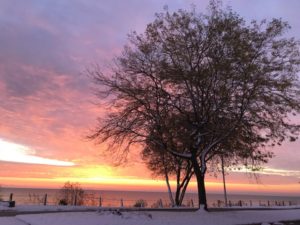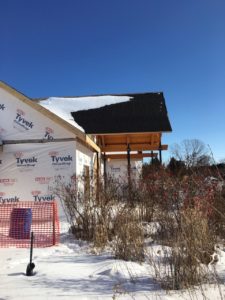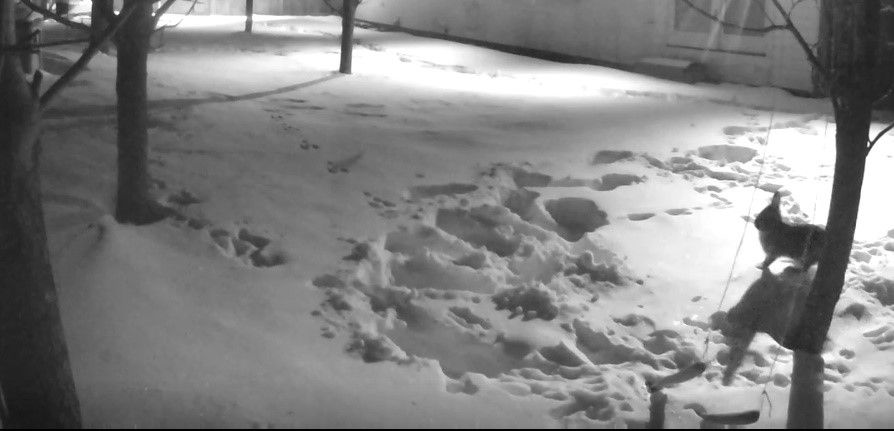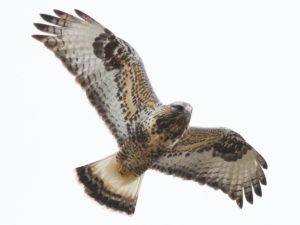So much can change in a week. Turns out when biology is involved, it can be difficult to predict even a short period into the future. I remember a mathematician in a famous dinosaur movie who said, “Life finds a way.” Boy, isn’t that the case, even if it consists of little bits of genetic material? We need to be very careful around nature in many ways. We often talk about non-native invasive species- well, this virus has gotten the better of us. I like being a good host, but in this case, not so much.
Nature is not the enemy, or at least not solely an enemy. I think the notion that our current situation should be 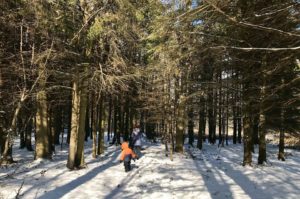 looked at as a war is a bad one. Yes, that fact that a microorganism has found us as a suitable place to live and reproduce can cause us serious problems. I think what is needed is a patient and rational problem-solving attitude. These kinds of problems surface periodically in our world where there is a constant struggle where one species tries to take advantage of another for the sake of it’s own survival. I don’t know how many organisms are out there that are just a mutation away from causing serious problems for others- given all the species in the world. The potential is endless and such tension between species endless. Even so, for the most part, that’s not the end of the story.
looked at as a war is a bad one. Yes, that fact that a microorganism has found us as a suitable place to live and reproduce can cause us serious problems. I think what is needed is a patient and rational problem-solving attitude. These kinds of problems surface periodically in our world where there is a constant struggle where one species tries to take advantage of another for the sake of it’s own survival. I don’t know how many organisms are out there that are just a mutation away from causing serious problems for others- given all the species in the world. The potential is endless and such tension between species endless. Even so, for the most part, that’s not the end of the story.
Just as our interaction with nature on a microbial scale is part of the problem, nature is also the solution. We have within us amazing resources and our immune systems are constantly working to maintain our health in the face of probably thousands of species that would like to take advantage of us. It’s a good thing that we don’t have to think about it – I for sure would have problems keeping track of everything my immune system needs to do. I’m just amazed that it all works and that over time our bodies learn how to cope with problems. They may complain a bit with tiredness and aches and fevers, but almost always they pull us through. I’m grateful for that, and for the fine people who taught me a little about biology so I could begin to try to understand.
And beyond that, there is the restorative power of nature, and not just in a physiological sense. There are a multitude of studies now that document the health benefits of being out in a natural place. Everything from lowering heart rate, lowering activity in the frontal lobe of the brain, blood pressure and increased feelings of well-being. One of my favorites had people rating how they felt in different situations, and being out in nature was rated similar to the feelings people had at Christmas. And it did not take long for such feelings to come about- as little as five minutes in nature brought about a positive result, or five hours per month. In some cultures there is a term called “forest bathing”- interesting because it infers an immersion in and cleansing by nature.
For many of us Wisconsinites, we subtly incorporate our need to be near nature in many ways – walks in the woods, along Mariner’s Trail, trips up north in summer, fishing and hunting, even a backyard campfire. They all bring us into closer contact with something we need.
Now, we need that more than ever – not sitting inside and worrying, but getting outside and enjoying. Fresh air and sunlight are not conducive to germs. We hope that people will consider this as they work out ways to cope. At Woodland Dunes, although we continue to work on our building project, the building itself is closed. Outside, though, there are 1500 acres and seven miles of trails open for “forest bathing,” and we encourage people to visit and enjoy the preserve. In many ways there opportunities to be restored physically and emotionally. For many, this is the best time of year, when one can go out and experience the re-birth of the landscape. Every day there are new (for this year) birds to be seen and heard, for which the survival of winter and migration is something to be marveled at. Already the skunk cabbage of the swamp has put forth the first flowers of the spring. And each day’s weather is a surprise as we alternate between winter and spring. These are the things that are enduring and important, and we need to appreciate them and share them with our families.
Life can be hard, and any little bird or wildflower or insect can verify that. But like them, we can keep singing and blooming.
Jim Knickelbine
Executive Director
Woodland Dunes Nature Center and Preserve

